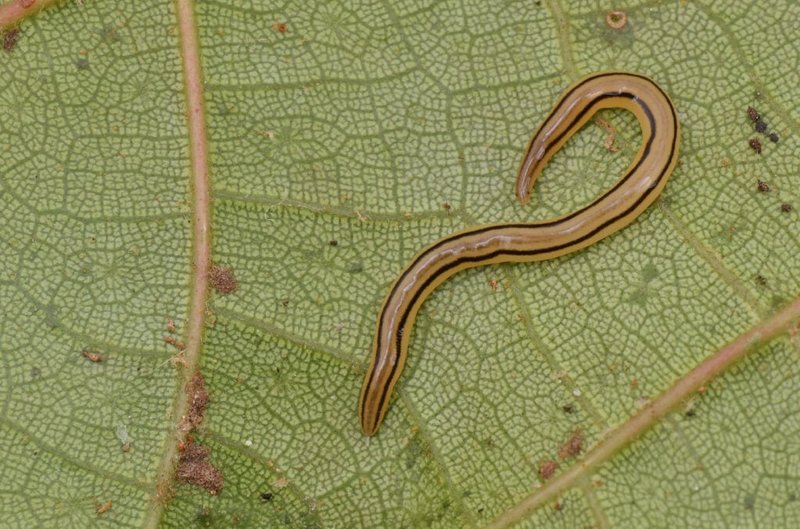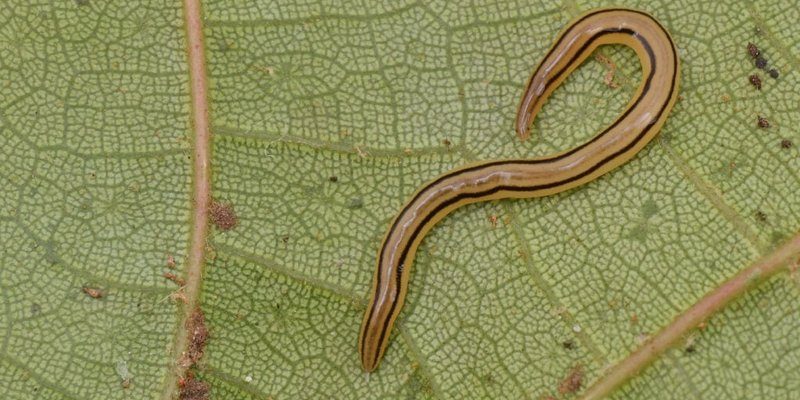
Imagine trying to walk on a slippery surface. It would be tough, right? But what if you had a special kind of “slime” that helped you glide along smoothly? That’s essentially what ribbon worms do with their mucus trails! Not only do these trails assist them in locomotion, but they also help them navigate their environment, find food, and communicate with each other. So, let’s dive a little deeper into the world of ribbon worms and discover how their mucus magic helps them along the way.
What Are Ribbon Worms?
Before we get into the nitty-gritty of mucus trails, let’s talk about what ribbon worms actually are. These fascinating creatures belong to the phylum Nemertea. They can be found in marine, freshwater, and even some terrestrial environments. Ribbon worms are known for their long, slender bodies, which can range from just a few millimeters to several meters long!
What’s particularly interesting is how they can vary in color and structure, often displaying vibrant hues that help them camouflage in their surroundings. This ability to blend in is essential for their survival, as it keeps them safe from predators. But the real star of the show here is their gluey mucus, which we’ll explore in detail.
The Science of Mucus Production
So, what’s the deal with ribbon worm mucus? Well, let me explain. Whenever these worms move, they secrete a special kind of mucus from glands in their skin. This mucus is not just any ordinary slime; it has unique properties that allow it to aid in locomotion.
The mucous secretion is rich in proteins and polysaccharides, which creates a slippery surface. Picture it like a well-oiled slide at a playground. When a ribbon worm surfaces, it literally glides over the mucus layer it’s created, making movement smoother and more effortless.
Additionally, the mucus helps reduce friction between the worm’s body and the substrate they’re moving over. This is especially important in sandy or rocky environments where extra grip can make all the difference. Without this wonderful mucus, locomotion would be a real struggle for these otherwise graceful creatures.
How Mucus Aids Locomotion
Now, let’s dive into how these mucus trails really help ribbon worms get around. When a ribbon worm glides along, it relies on its mucus trails to propel itself forward. The slimy trail decreases resistance and allows the worm to move more freely.
There’s a bit of a rhythmic dance involved, too. As the worm contracts and extends its body, it pulls itself along, using muscle movements that are aided by the slippery mucus. Imagine a snake slithering across a smooth surface; it’s similar but in a much more fluid, elongated manner.
Moreover, these mucus trails can create a suction effect. As they move, ribbon worms can pull themselves closer to the ground, ensuring they stay anchored while making progress. This combination of factors turns them into incredibly efficient movers in their aquatic realms.
Navigation and Mucus Communication
Mucus trails do more than just help ribbon worms move; they also serve an essential role in navigation. When they secrete mucus into their environment, it can leave behind a trail that future worms can follow. You could think of it as a breadcrumb trail, only much slimier!
This is particularly useful during mating season when males and females may use these trails to locate each other. The chemicals in the mucus can act as cues, helping them find their partners and ensuring the continuation of their species.
Also, if a ribbon worm encounters a lot of obstacles, its mucus can help it figure out the best route to navigate through complex terrain. It’s almost like having an internal GPS that leaves behind helpful markers for future reference.
Mucus as a Defense Mechanism
Another fascinating aspect of ribbon worm mucus is its role in defense. These creatures are vulnerable to a variety of predators, ranging from fish to other marine invertebrates. Luckily, their mucus has properties that can deter would-be attackers.
When threatened, a ribbon worm can release large amounts of mucus, creating a slippery barrier that’s challenging for predators to manage. This can give the worm just enough of a chance to escape to safety. Imagine a superhero who can dazzle their enemies with a slick move—ribbon worms essentially do this in their underwater hideouts.
Some species even produce toxic compounds in their mucus, making them unappetizing to predators. So, not only do they get to move easily, but they also have a few tricks up their sleeve when it comes to self-defense.
Environmental Impact and Ecosystem Role
Ribbon worms, despite their often-hidden nature, play an essential role in marine ecosystems. Their mucus trails contribute to nutrient cycling, as they can help break down organic material. As they move, they aerate the substrate, which benefits other organisms living in the same environment.
In this way, ribbon worms can influence the health of their habitats. They’re not just solitary creatures but part of a bigger picture that includes a variety of species and ecological interactions.
Furthermore, they can serve as indicators of environmental health. If populations of ribbon worms are thriving, it often means the ecosystem is relatively stable. That’s a great reminder that even the slimy little things in life have a purpose!
So there you have it—ribbon worms and their incredible mucus trails. These often-overlooked creatures remind us that even the simplest aspects of nature can show us the wonders of adaptation and survival. From aiding in locomotion to facilitating communication and providing defense, their mucus is a fundamental part of their lives in the ocean.
Next time you think about the ocean’s wonders, remember the ribbon worms gliding through the depths, leaving behind their slippery trails. They may seem small and unassuming, but they play vital roles in both their own lives and the broader ecosystem. Nature has its ways of surprising us, and ribbon worms are just one of their beautiful secrets!

